Fall Harvest Recipes
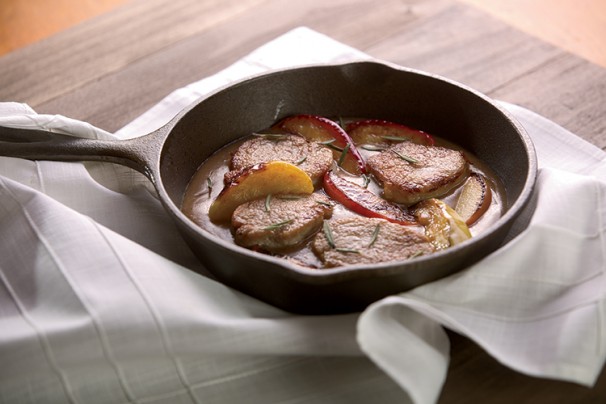
Photo credit: Jeffrey S. Otto
Most likely if you’re picking up some apples, pears, and a pumpkin or two at the farmers market, you’ll be baking pie, crisp, cobbler or muffins. Or maybe you’ll slice those apples and pears to serve with my ever-popular Pumpkin Cheesecake Dip. But have you considered using these three fall favorites in more main dishes, side dishes and salads?
Apples, pears and dried cranberries pair well with Indiana’s Capriole goat cheese in Harvest Fruit & Goat Cheese Salad with Apple Cider Vinaigrette. The dressing uses canola oil, which has a neutral taste to let the apple and shallot flavors shine. That smidgen of mustard in the vinaigrette keeps it emulsified, or mixed together, rather than separated. You can also add more nutrients by choosing darker green lettuces and not peeling the fruits. Darker greens contain vitamin A (for healthy eyes and night vision) and vitamin K (for optimal blood clotting and bone health), while keeping the peel or skins on those apples means nearly double the fiber and 45 percent more polyphenols (natural phytonutrients to fight disease).
SEE MORE: Apple Facts and Recipes
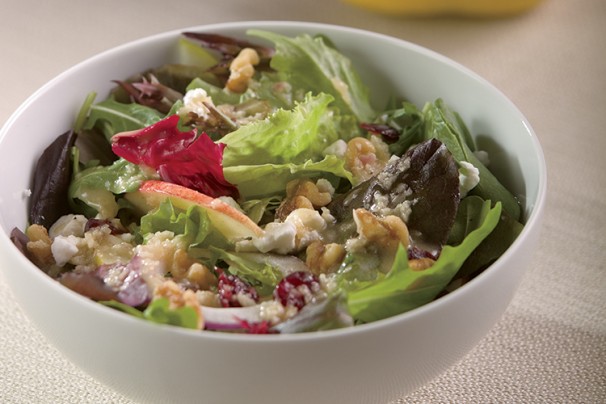
Photo credit: Jeffrey S. Otto
Fall fruits also complement cooked pork, beef, poultry and fish extremely well. Using your favorite Indiana apples, try this fast stove-top skillet dish: Maple Apple Pork Medallions. Lean pork tenderloin medallions simmer in a sauce infused with cinnamon, maple syrup and apple cider for a simple weeknight meal that’s healthy, too.
Pork tenderloin is as lean as boneless, skinless chicken breast. This powerful protein provider will satisfy and fill you up. Plus, it’s an excellent source of numerous B vitamins to help convert foods into energy, and it’s a good source of potassium (supports healthy blood pressure) and zinc (supports immune system). This recipe also uses two of the five forms of nutrient-rich fruits and vegetables: fresh and 100 percent juice. (Dried, frozen and canned round out the rest of the nutrient-rich forms of fruits and vegetables.)
And since Indiana is one of the top pumpkin-producing states, with many pumpkins processed into 100 percent pure pumpkin puree, you can bake a batch of Ginger Spiced Pumpkin Scones any time of year using canned pumpkin. Pumpkin is rich in beta-carotene for optimal night time vision and two phytonutrients – lutein and zeaxanthin – that may help reduce risk of age-related macular degeneration.
SEE MORE: How to Choose and Store Apples, Pears and Fall Vegetables
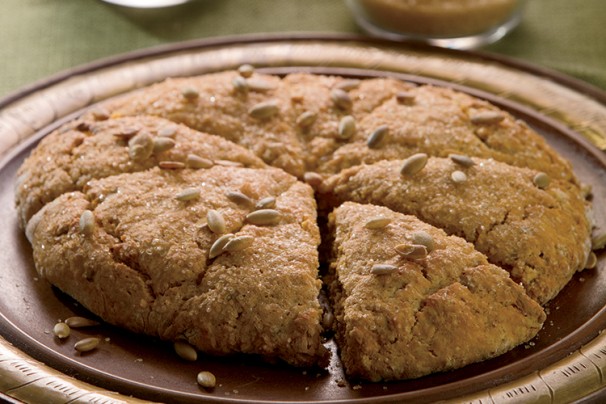
Photo credit: Jeffrey S. Otto
Plus, pumpkins are a good source of potassium and vitamin C. You can also bake a batch of these scones, eat a couple and freeze the rest! Wrap them individually and place in a zippered freezer bag, and they’ll keep their great flavor and quality for several months in the freezer.
I’d love to hear how you bake and cook with the bounty of fall fruits and vegetables. Drop a note at facebook.com/myindianahome. Here’s to a fantastic Indiana fall!





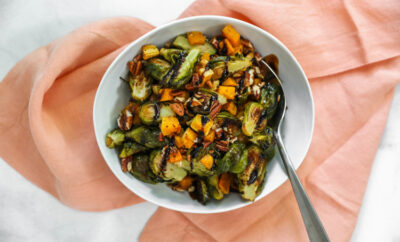

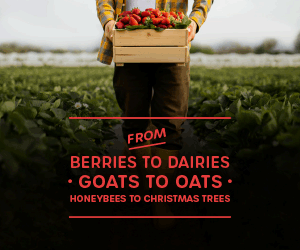





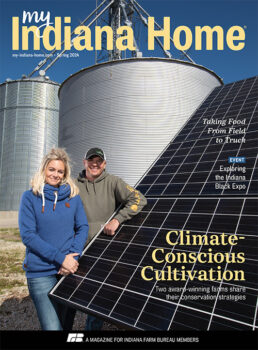 My Indiana Home is produced for Indiana Farm Bureau members. Our mission is to connect you with the food you eat, the Indiana farmers who grow it and a rural lifestyle that is uniquely Hoosier.
My Indiana Home is produced for Indiana Farm Bureau members. Our mission is to connect you with the food you eat, the Indiana farmers who grow it and a rural lifestyle that is uniquely Hoosier.
Margaret Julian
November 7, 2014 at 9:19 am
The Maple apple pork medallions were fabulous… will do it again